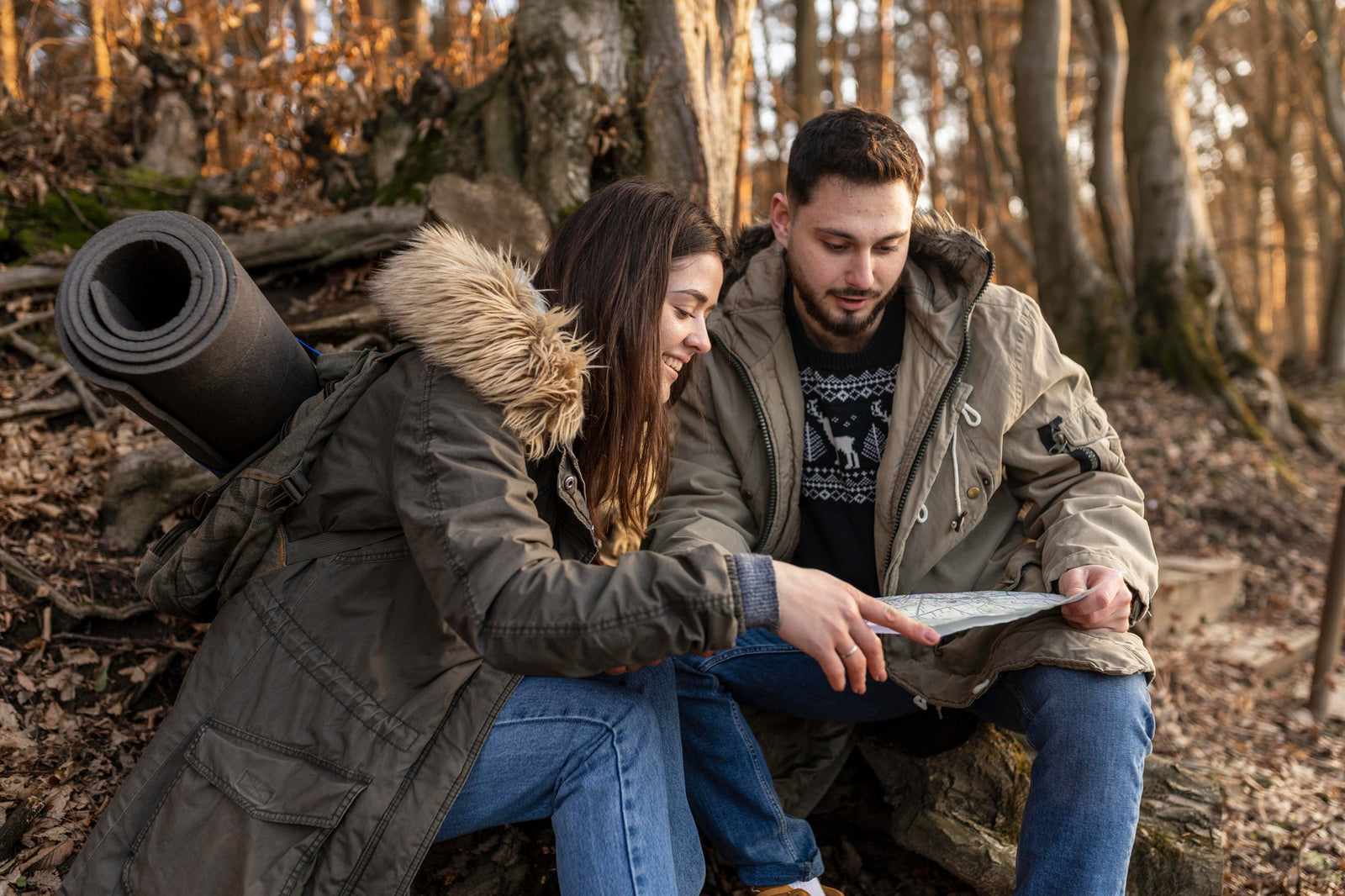Guide to Understanding Hiking Essentials for Beginners

Embarking on a hiking adventure is a wonderful way to connect with nature, stay active, and experience the beauty of the great outdoors. Whether planning a short-day hike or gearing up for a more extended journey, understanding the essential elements of hiking is crucial to ensure a safe and enjoyable experience.
In this guide, we'll break down the basics of hiking for beginners, covering everything from choosing the right trail to packing the essential gear. Let's lace up our boots and take the first step toward an unforgettable hiking journey.
Choosing the Right Trail: A Gateway to Adventure

Selecting the right trail sets the stage for a rewarding hiking experience. As a beginner, starting with trails that match your fitness level and offer a comfortable distance is essential. Begin with shorter, well-marked, less strenuous paths, gradually progressing to more challenging routes as you build confidence and stamina. Local parks often have trails with various difficulty levels, providing an excellent starting point for beginners.
Consider the terrain of the trail before heading out. Some trails wind through dense forests, while others showcase panoramic views from mountain ridges. Researching and understanding the characteristics of the trail will help you prepare appropriately. Online resources, trail maps, and hiking apps are valuable tools for gathering information about trails in your area.
Footwear: The Foundation of a Comfortable Hike

Investing in proper footwear is one of the most critical decisions a beginner hiker can make. Ill-fitting or inappropriate shoes can quickly turn a pleasant hike into an uncomfortable ordeal. Opt for hiking boots that provide ankle support, a sturdy sole, and good traction. Well-fitted boots prevent blisters and offer stability on uneven terrain, ensuring a more enjoyable and safe hiking experience.
Before hitting the trail, break in your hiking boots by wearing them on shorter walks. This allows your feet to adjust to the new footwear and helps identify potential discomfort. Remember that different trails may require different types of footwear, so choose boots that suit the specific conditions of your planned hike. A comfortable pair of socks made from moisture-wicking materials adds an extra layer of protection against blisters and keeps your feet dry during the journey.
Apparel: Dressing for Success in the Great Outdoors

Selecting the proper clothing for your hiking adventure involves balancing comfort and functionality. Dressing in layers allows you to adjust to changing weather conditions and maintain an optimal body temperature. Start with a moisture-wicking base layer to keep sweat away from your skin, followed by an insulating layer to retain body heat. The outer layer should be waterproof and breathable, protecting you from rain, wind, and other elements.
Comfortable and moisture-wicking hiking pants or shorts are essential for an enjoyable trek, depending on the weather. Consider investing in a good pair of gaiters to keep debris out of your boots if hiking in muddy or wet conditions. A wide-brimmed hat or a cap with a visor provides shade from the sun, and sunglasses with UV protection help shield your eyes. Don't forget to apply sunscreen to exposed skin, even on cloudy days, to guard against harmful UV rays.
Backpack Essentials: Carrying Your Comfort

A well-packed backpack is like a portable home for hikers, carrying everything needed for a safe and enjoyable journey. Start with a backpack that fits comfortably on your shoulders and has adjustable straps to distribute weight evenly. The size of your bag will depend on the length of your hike and the items you plan to bring.
Essential items to include in your backpack are water, snacks, a first aid kit, a map, and a compass. Staying hydrated is crucial, so pack more water than you need. Portable water filters or purification tablets can be handy if you need to refill your water supply from natural sources. High-energy snacks like trail mix, energy bars, and fruits quickly boost energy during your hike.
A basic first aid kit should include bandages, adhesive tape, pain relievers, antiseptic wipes, and any personal medications you may need. Please familiarise yourself with the items in your first aid kit and know how to use them. Additionally, bring a map and compass, even if you're relying on a GPS device or smartphone. These traditional tools can be invaluable in case of technology failure or signal loss.
Navigation: Finding Your Way Safely

Navigating the trail is an essential skill for any hiker, and it goes beyond simply following a marked path. While many trails are well signposted, preparing for unexpected situations is essential. Always carry a map of the trail and surrounding area, and familiarise yourself with the route before setting out. Trail markers, such as coloured blazes on trees or cairns (stacks of rocks), guide the way.
In addition to a map, consider using a GPS device or smartphone with a reliable hiking app. These tools can help you track your progress, mark waypoints, and provide real-time information about the trail. However, it's crucial to remember that technology is not infallible, and batteries can die, or signals may be lost in remote areas. A backup plan, such as a compass and the knowledge of primary navigation, ensures you can find your way even without electronic assistance.
Safety First: Hiking with Awareness

Ensuring your safety on the trail requires preparation, awareness, and respect for nature. Before heading out, check the weather forecast to anticipate any changes in conditions. Let someone know your hiking plans, including your expected return time, and consider hiking with a buddy or a group, especially on more challenging trails. Familiarise yourself with the local flora and fauna, and be aware of potential hazards, such as poisonous plants or wildlife.
In case of an emergency, it's crucial to have a fully charged cell phone with emergency numbers saved. However, remember that cell reception may be unreliable in remote areas. Carrying a whistle, a flashlight, and a fire starter are additional safety measures that can be invaluable in unexpected situations. Stay on designated trails to minimise the risk of getting lost, and follow Leave No Trace principles to minimise your environmental impact.




Leave a comment